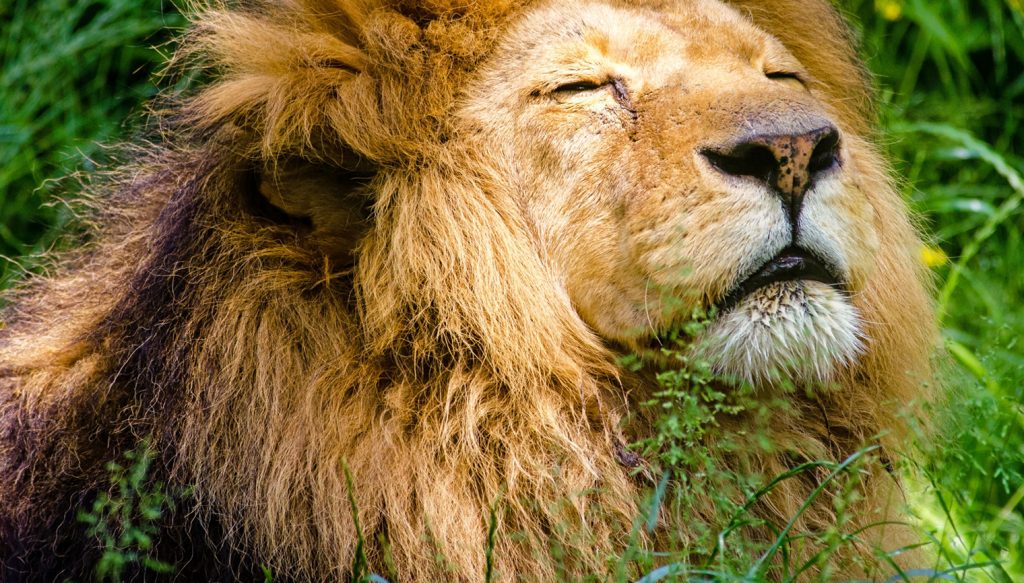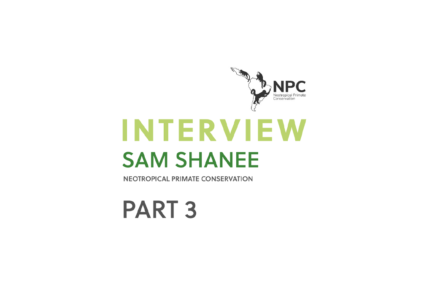Today’s declining number of large mammals around the world has been explained by many factors, including low reproductive rates, habitat destruction, and overhunting. However, uncertainties about the effects of armed conflict has complicated conservation planning and priority-setting efforts.
In the past 70 years, humans have waged war continuously in the world’s most biodiverse regions. Between 1950 and 2000, more than 80 percent of wars were fought in biodiversity hotspots.
Individual case studies have revealed that conflicts can have either positive or negative impacts on local wildlife. An example for a positive impact will be the ‘bush war’ in Zimbabwe, the war made savanna habitats too dangerous even for poachers, allowing a decade-long increase in wildlife abundance, while a bad impact will be elephants killed by soldiers who trade ivory for weapons.However, the direction and magnitude of the net effect of conflict over large spatiotemporal scales have not previously been quantified.
Josh Daskin and Robert Pringle, researchers from Princeton University, recently argued that conflict frequency predicts the occurrence and severity of population decline among large wild herbivores in protected areas in Africa. From 1946 to 2010, conflicts occurred in 71 percent of Africa’s protected areas, and conflict frequency was the single most important predictor of wildlife population trends among those variables analyzed.
Moreover, Daskin and Pringle found that the frequency of declining populations increased sharply with the frequency of conflict. In other words, large wild herbivore populations declined more often when conflict was recurrent. And, while the average population trajectory in peaceful parks remained almost exactly at the level of replacement, as little as one conflict every 2–5 decades pushed the average population trajectory in these war zones below replacement.
The good news: although all large wild herbivore populations declined in protected areas beset by frequent conflict, there were relatively few absolute extinction.
Gorongosa, the park in Mozambique that originally inspired the study, exemplifies the thrust of the findings. From 1977 to 1992, government soldiers, anti-government militias, and refugees alternately fought in or fled through the park. For years after the war residents kept on hunting wildlife. By the early 2000s, the elephant population had crashed by more than 75 percent, while successive aerial counts found that buffalo, hippo, wildebeest and zebra numbers were hovering in the single or double digits.
Yet none of these animal populations disappeared completely. Since 2004, wildlife in Gorongosa have rebounded to 80 percent of their total pre-war abundance. Park staff, the Mozambican government and the nonprofit Gorongosa Restoration Project have worked with neighboring communities to nurture the remnant animal populations by suppressing illegal hunting and creating educational and employment opportunities for villagers within the park.
Thus, there is potential to restore wildlife populations in post-conflict biodiversity hotspots.
































































































